Bodyweight lunge
Bodyweight lunges are an effective calisthenic exercise for strengthening the lower body, improving balance and stability, and developing functional strength. They are a popular choice for bodyweight workouts, home workouts, and can also be included as part of a larger strength training routine.
How to do:
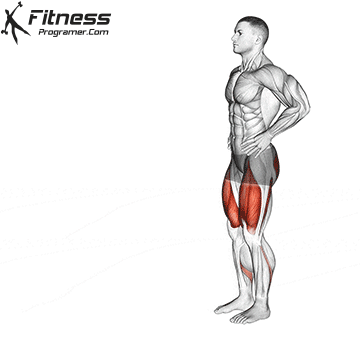
Step 1: Starting Position
- Stand tall with your feet hip-width apart.
- Keep your core engaged and shoulders relaxed.
Step 2: Step Forward
- Take a big step forward with one foot, ensuring your heel lands first.
- Keep your upper body upright, with your chest lifted and gaze forward.
Step 3: Descend into the Lunge
- Lower your body by bending both knees until your front thigh is parallel to the ground.
- Ensure that your back knee is hovering just above the floor.
Step 4: Proper Alignment
- Check that your front knee is directly above your ankle, forming a 90-degree angle.
- Avoid allowing your knee to extend past your toes to prevent unnecessary strain.
Step 5: Push Back Up
- Push through your front heel and engage your leg muscles to return to the starting position.
- Keep your weight centered and evenly distributed between both legs.
Step 6: Repeat on the Other Side
- Step forward with the opposite foot and repeat the lunge on the other side.
- Aim for an equal number of repetitions on each leg to maintain balance and symmetry.
Tips:
- Allowing the front knee to cave inwards: Ensure that your knee stays aligned with your ankle throughout the movement.
- Leaning too far forward: Maintain an upright posture, with your chest lifted and shoulders relaxed.
- Overstriding: Take a comfortable step forward, avoiding excessive length that compromises balance and stability.
- Neglecting the back leg: Keep your back leg active and avoid letting it collapse towards the floor.
The bodyweight lunge can be incorporated into a calisthenic routine by performing multiple sets and repetitions to challenge your muscles and increase endurance. It can also be combined with other bodyweight exercises, such as squats, push-ups, or burpees, for a full-body calisthenic workout.
Modifications for Different Fitness Levels:
- Beginners: Start with stationary lunges, where you step forward but keep the movement restricted to a smaller range of motion. (example walking lunge)
- Intermediate: Progress to walking lunges, where you step forward and continue the movement by alternating legs in a walking motion.
- Advanced: Add resistance by holding dumbbells or using a weighted vest while performing lunges.
Bodyweight Lunge Benefits
Leg Strength and Muscular Development: Bodyweight lunges primarily target the muscles in your lower body, including the quadriceps, hamstrings, glutes, and calves. By performing lunges, you engage these muscle groups in a dynamic manner, promoting muscle activation, strength development, and overall leg hypertrophy.
Functional Movement and Stability: Bodyweight lunges mimic real-life movement patterns, making them a functional exercise that can improve your daily activities. By incorporating lunges into your routine, you enhance your stability, balance, and coordination, enabling you to move more efficiently in various situations.
Joint Flexibility and Range of Motion: Executing bodyweight lunges through a full range of motion helps to increase joint flexibility and mobility. The deep lunge position stretches the hip flexors, hamstrings, and calf muscles, promoting better overall flexibility and reducing the risk of muscular imbalances or injuries.
Balance: Maintaining balance during bodyweight lunges requires core engagement, leading to improved core strength and stability. As you perform lunges, your abdominal and back muscles work together to stabilize your body, resulting in a stronger and more resilient core.
Cardiovascular Endurance: Bodyweight lunges can also serve as a cardiovascular exercise when performed in a high-intensity manner or incorporated into circuit training. By elevating your heart rate during lunges, you enhance cardiovascular endurance and improve overall fitness levels.
Versatility and Accessibility: One of the significant advantages of bodyweight lunges is their versatility and accessibility. You can perform lunges anywhere, as they require minimal space and no equipment. Whether you’re at the gym, at home, or even outdoors, bodyweight lunges can be incorporated into your workout routine with ease.
Injury Prevention and Rehabilitation: Including bodyweight lunges in your training can help prevent lower body injuries by strengthening the muscles surrounding your joints. Additionally, lunges can be utilized during rehabilitation programs to improve stability, range of motion, and muscle activation in the legs.
Bodyweight Lunge Muscles Worked
Bodyweight lunges primarily target the muscles of the lower body, including the quadriceps, glutes, hamstrings, and calves. Here’s a breakdown of the muscles worked during bodyweight lunges:
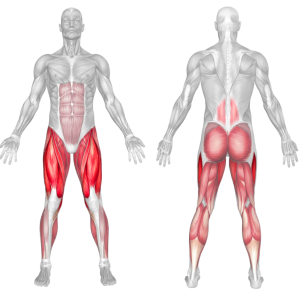
- Quadriceps: The quadriceps, located at the front of the thigh, are the primary muscles worked during bodyweight lunges. They are responsible for extending the knee joint and straightening the leg.
- Glutes: The gluteal muscles, including the gluteus maximus, gluteus medius, and gluteus minimus, are engaged during bodyweight lunges. They are responsible for hip extension and play a significant role in stabilizing the pelvis.
- Hamstrings: The hamstrings, located at the back of the thigh, act as synergists during bodyweight lunges. They assist in knee flexion and hip extension.
- Calves: The calf muscles, specifically the gastrocnemius and soleus, contribute to the movement of bodyweight lunges. They assist in plantar flexion, which is the action of pointing the toes.
Additionally, bodyweight lunges engage the core muscles, including the rectus abdominis, obliques, and transverse abdominis, to maintain stability and proper posture throughout the exercise. The erector spinae muscles of the lower back also play a role in keeping the spine aligned.
While the primary focus is on the lower body, bodyweight lunges provide a comprehensive lower body workout, targeting multiple muscle groups simultaneously. It is important to maintain proper form and technique to maximize the activation of these muscles and achieve the desired benefits.
Bodyweight Lunge Variations
Bodyweight lunges are highly versatile and can be modified in several ways to suit different fitness levels and goals. Variations include reverse lunges, lateral lunges, curtsy lunges, jumping lunges, and more. By incorporating different variations, you can target different muscles and add variety to your workouts.

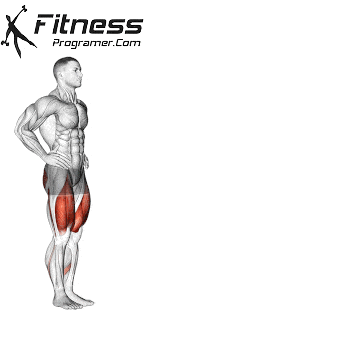
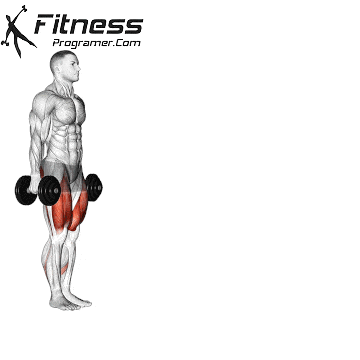
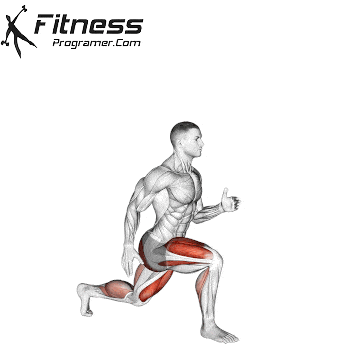
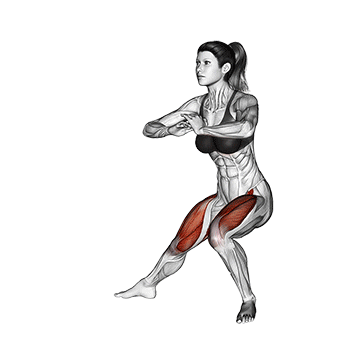
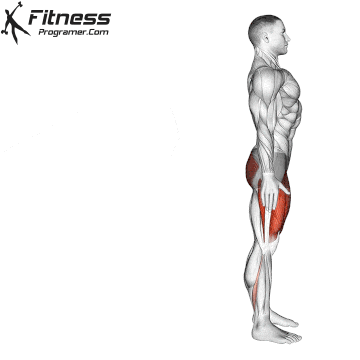

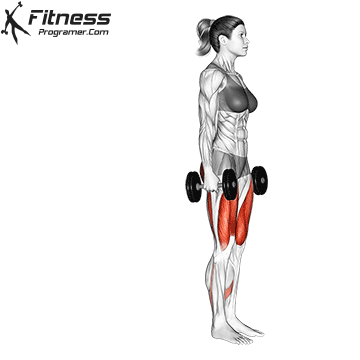

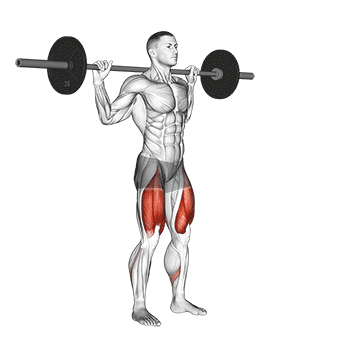
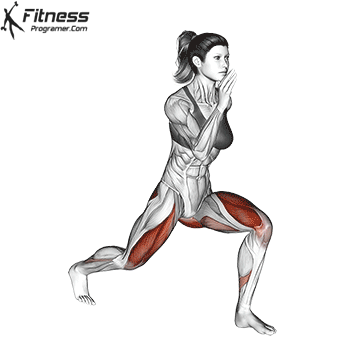
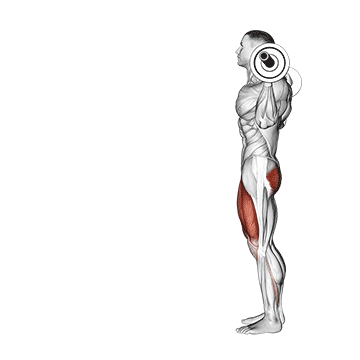

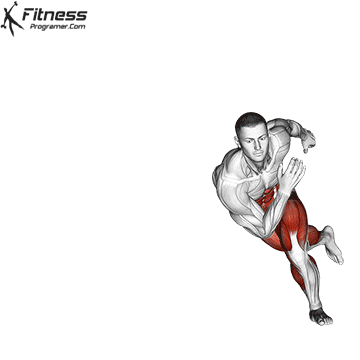
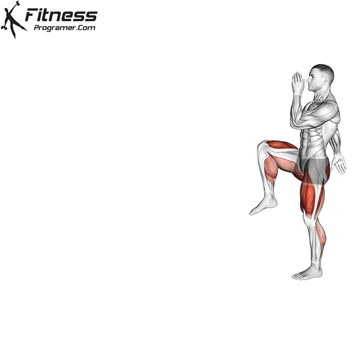
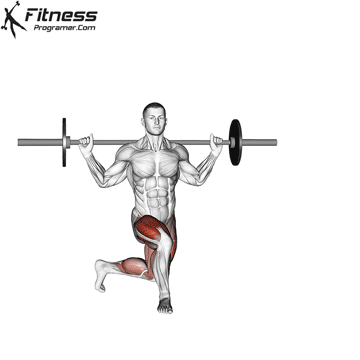


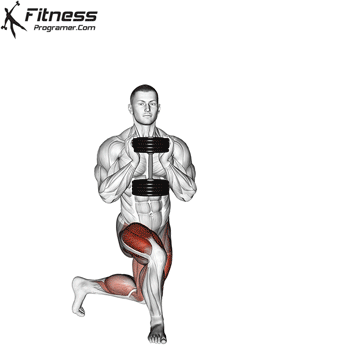

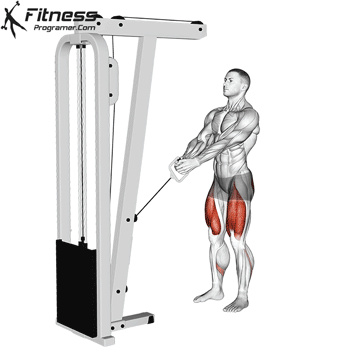

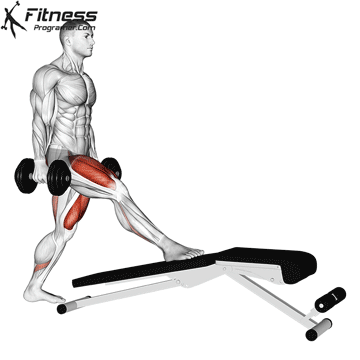
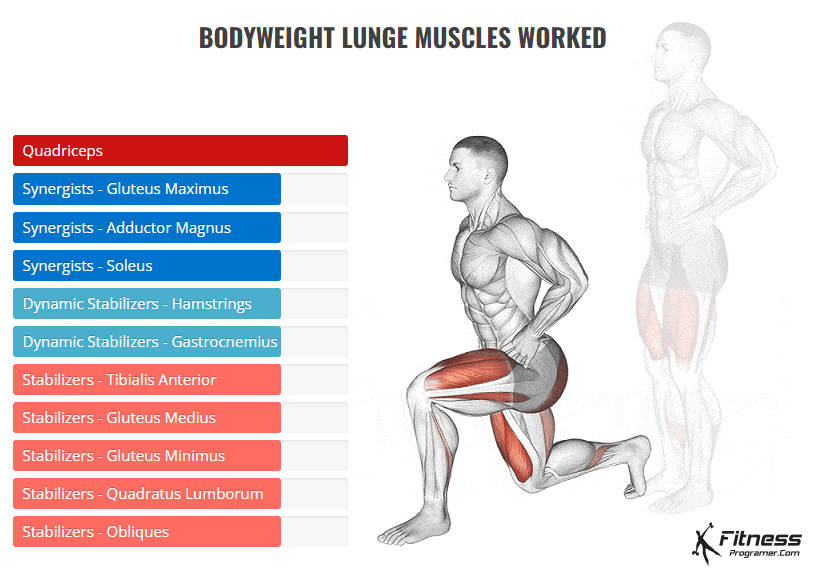 Refference:
Refference: